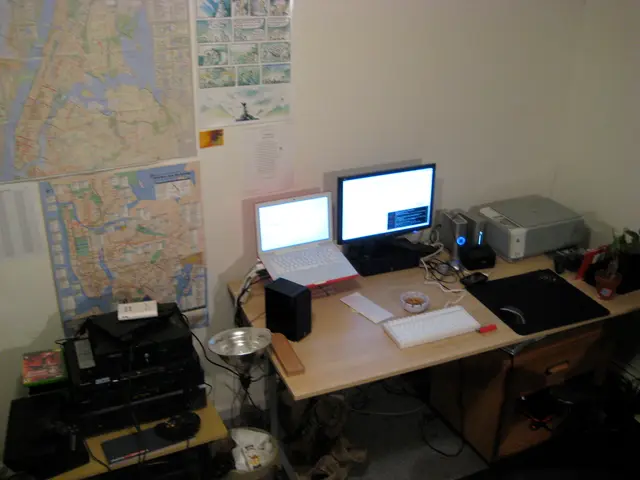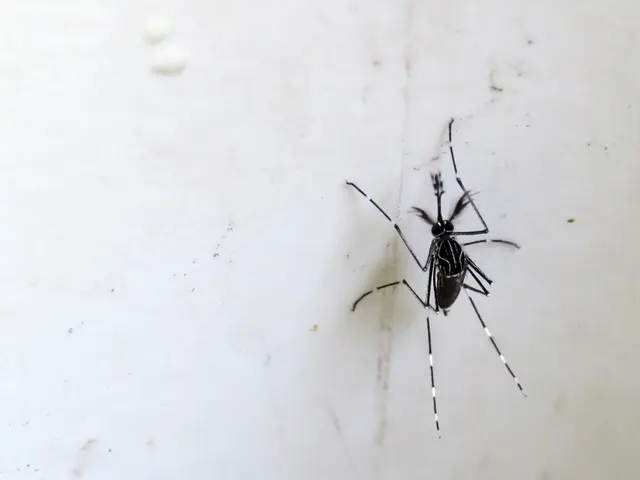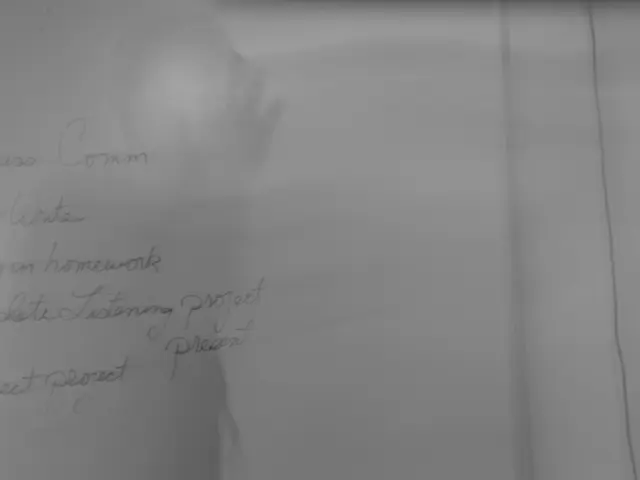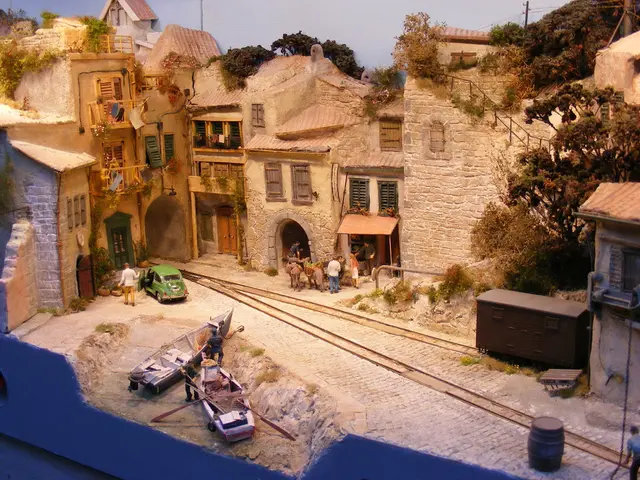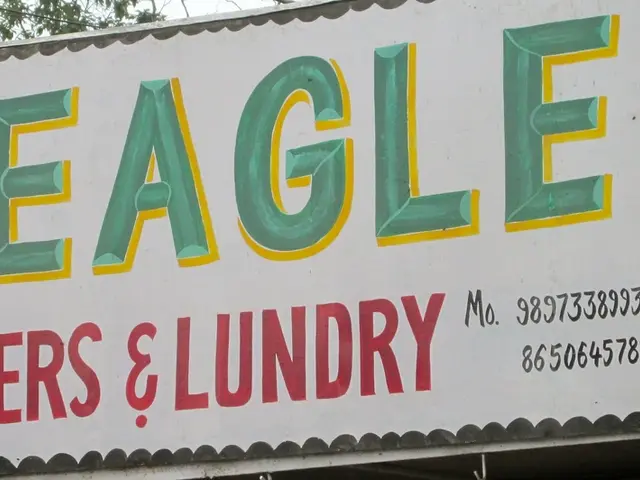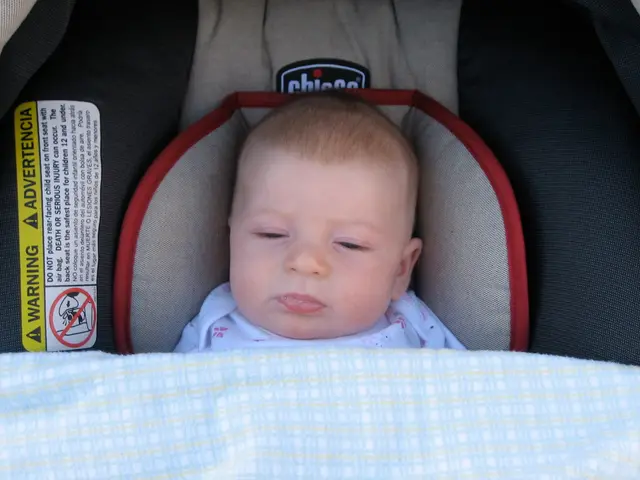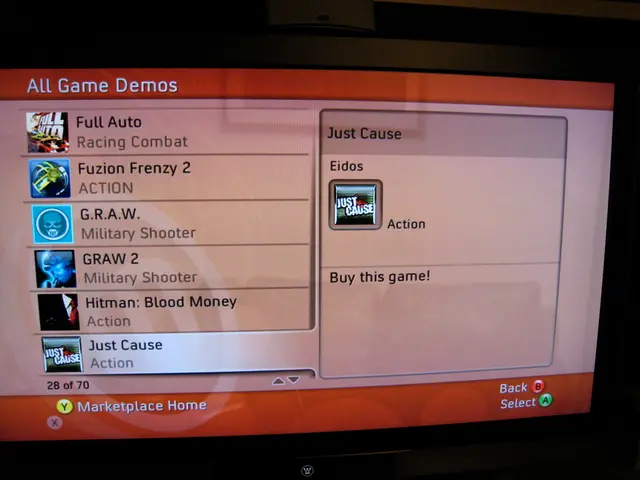Photos depicting undernourished children in Gaza do not conclusively prove the existence of a hunger crisis.
In the troubled region of Gaza, a humanitarian crisis is unfolding, with numerous reports pointing towards widespread hunger among its population. The United Nations and various states have been increasing pressure on Israel, with the latter allowing first aid deliveries to the region.
However, the situation on the ground remains dire. Journalists, aid organizations, the World Health Organization, and other experts have all documented the crisis through images from news agencies such as the European Press Agency, Associated Press, and Reuters.
One image, in particular, of a girl at a food distribution point, reached millions of views. Initially, this photo was spread as false information by the AI chatbot Grok, claiming it was from Iraq in 2014. But it has since been revealed that the image is recent and indeed from Gaza.
Another image that sparked controversy was that of several people at a food distribution point, labelled as AI-generated. However, it is real, and the situation it depicts is a stark reminder of the hardships faced by the people of Gaza.
The crisis in Gaza has been marred by misinformation, with some images disputed by the Israeli Ministry of Foreign Affairs. One such image was that of a malnourished child, which the Ministry claimed was an old photo used to defame Israel. However, it was later discovered that the child, Osama al-Raqab, is not from Gaza but is receiving treatment in Italy for cystic fibrosis and an additional, currently unexplained illness.
The Italian newspaper Il Fatto Quotidiano initially used an old photo of Osama al-Raqab in their print edition and online article, which was from late May, not current. Nius also claimed that the photo of the girl at a food distribution point was old and from Iraq, but the photo and accompanying text have been removed from the article.
Despite these instances of misinformation, the situation in Gaza remains critical. Between May and July 2025, the proportion of households suffering from extreme hunger has doubled, according to the IPC. In the same period, more than 20,000 children were treated for acute malnutrition, with over 3,000 severely malnourished. Hospitals have reported at least 16 hunger-related deaths of children under five since July 17.
The Israeli government had transferred the distribution of aid to a controversial private aid organization in May. Since then, food has been coming again, but not nearly enough, through the UN and the Gaza Humanitarian Foundation (GHF), which is supported by Israel and the US.
Prime Minister Netanyahu and other government officials reject accusations of famine, claiming it is a false campaign by the terrorist organization Hamas. However, the evidence on the ground paints a different picture.
The Integrated Food Security Phase Classification (IPC) warned of a potential famine in Gaza in late July. As the world watches, it is crucial that the truth about the situation in Gaza is accurately reported and that aid continues to reach those who desperately need it.
Read also:
- Peptide YY (PYY): Exploring its Role in Appetite Suppression, Intestinal Health, and Cognitive Links
- Toddler Health: Rotavirus Signs, Origins, and Potential Complications
- Digestive issues and heart discomfort: Root causes and associated health conditions
- House Infernos: Deadly Hazards Surpassing the Flames


